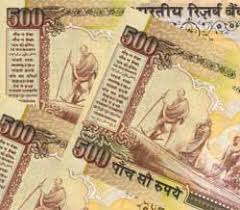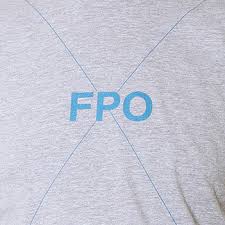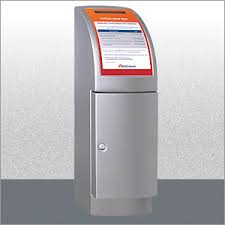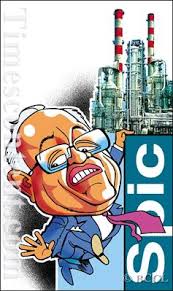Mysore: The government today said a high- level review committee has been constituted to suggest a roadmap for total indigenisation of currency production as fake currency poses a threat to the nation’s economy.

Laying the foundation stone for a Rs 1,500-crore currency paper manufacturing unit at the Bharatiya Bank Note Mudrana premises here, Finance Minister Pranab Mukherjee said the ministry would pursue the review committee’s recommendations to its logical end.
Referring to the menace of counterfeit currency notes, the Minister said it posed a threat to the nation’s economy “albeit of a miniscule nature” and added that the government was vigilant in relation to all security aspects of currency.
With India’s achievements in the field of science and technology, the issue of indigenisation as such would not pose a problem, he said.
Stressing the importance of self-reliance in all aspects of currency inputs, he said 75 per cent of high-quality currency paper for printing is now being imported, putting a burden on the exchequer.
RBI Governor D Subbarao said, “Producing our own paper is decidedly cheaper, and importantly a check against counterfeiting.” He said though the circulation of counterfeit notes in the country is not alarming as per the international standards, it is a matter of serious concern.
“By an international metric, the incidence of counterfeit notes in India is not alarming. Nevertheless, counterfeiting per se is a matter of serious concern for the government and the Reserve Bank,” Subbarao said.
The banknote paper market is a strong oligarchy (sellers market). India’s demand for banknote paper - 18,000 tonnes per year - is huge in international terms, and on the supply side there are just 3-4 large producers, he said.
“This situation exposes us to vulnerabilities of a suppliers market in terms of price, quantity and timeliness, something that we should avoid or at any rate minimize,” he said.
RBI’s efforts at checking counterfeiting will be effective only if there are equally effective efforts by banks, he said adding that banks should ensure counterfeit notes are promptly detected once they enter the banking system, and that there is prompt and accurate reporting.
The Mysore unit would take care of bulk of the paper needed for making currency with a production of 12,000 tonnes of high quality paper against the need for 15,000 tonnes.
The first phase of production is expected to be completed by 2012, accounting for 6,000 tonnes and optimum production is expected around 2013.

This Blog Is dedicated to every one who is visiting this blog.
The messages posted here are free for download & for taking
copies for every one who is visiting our Blog.

Its all free and no copy rights are reserved by this blog
and we are publishing the source also.
So make use of everything published in this blog
for your benefit.
If you are benefited by any messages published in this blog,
we are happy about it.
for any of your query contact us
at:bankindiafinance555@gmail.com
http://bankfinanceindia.blogspot.com/











